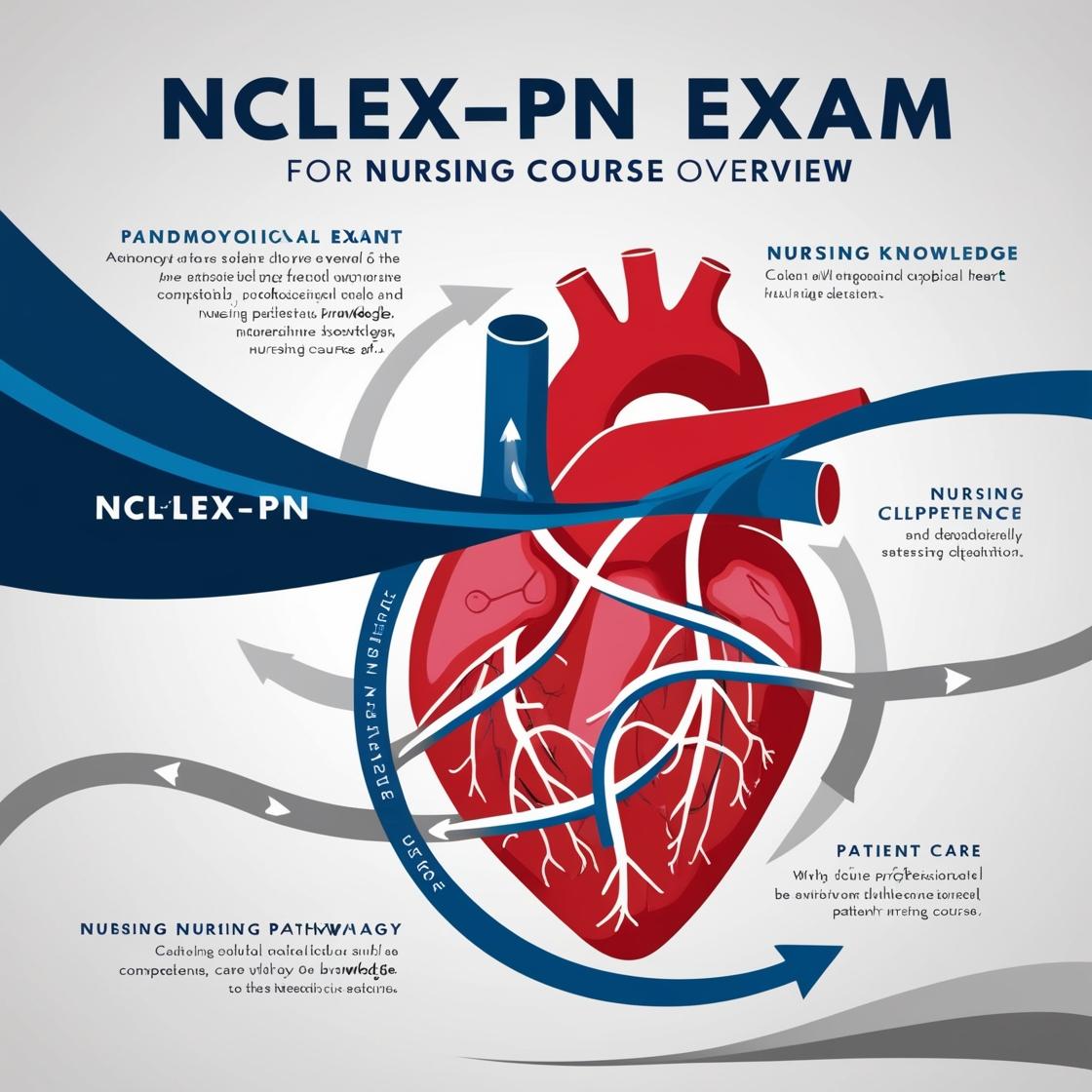NCLEX-PN
Nclex Exam Cram Practice Questions
1. A client with a closed chest tube drainage system accidentally disconnects the chest tube while being turned by the nurse. What should the nurse do first?
- A. Submerge the end of the chest tube in a bottle of sterile water
- B. Clamp the chest tube with a Kelly clamp
- C. Call the health care provider
- D. Instruct the client to inhale and hold his breath
Correct answer: A
Rationale: When a chest tube becomes disconnected, the priority action is to immediately reattach it to the drainage system or submerge the end in a bottle of sterile water or saline solution to reestablish a water seal. This helps prevent air from entering the pleural space and causing complications. Calling the health care provider is important but not the first action in this emergency. Instructing the client to inhale and hold his breath should be avoided as it can introduce atmospheric air into the pleural space, leading to potential issues. Clamping the chest tube is generally contraindicated, especially in cases of residual air leak or pneumothorax, as it may result in a tension pneumothorax by preventing air from escaping.
2. Why might breast implants interfere with mammography?
- A. They might cause additional discomfort.
- B. They are contraindications to mammography.
- C. They are likely to be dislodged.
- D. They might prevent detection of masses.
Correct answer: D
Rationale: Breast implants can interfere with mammography by potentially preventing the detection of masses. The presence of implants can obscure a clear view of breast tissue, making it difficult to identify abnormalities such as masses that may indicate breast cancer. Choices A, B, and C are incorrect because discomfort, contraindications, and dislodgment are not primary reasons why breast implants interfere with mammography. The main concern is the impedance of detecting abnormalities accurately due to the implants.
3. When suctioning a client, what is the usual amount of time the nurse should spend for each suction pass?
- A. 2 seconds
- B. 10 seconds
- C. 20 seconds
- D. 30 seconds
Correct answer: B
Rationale: Ten seconds is the usual amount of time the nurse should spend for each suction pass. Two seconds is not enough time to effectively remove secretions, while 20 and 30 seconds are too long and could lead to hypoxia and tissue trauma. Therefore, the correct choice is 10 seconds, as it strikes a balance between removing secretions adequately and minimizing the risks associated with prolonged suctioning.
4. When evaluating the lab work of a client in hepatic coma, which of the following lab tests is most important?
- A. blood urea nitrogen
- B. serum calcium
- C. serum ammonia
- D. serum creatinine
Correct answer: C
Rationale: When a client is in hepatic coma due to liver failure, the liver cannot metabolize amino acids completely, leading to elevated ammonia levels. Increased ammonia can cause brain-tissue irritation, worsening the coma. Therefore, monitoring serum ammonia levels is crucial in assessing the severity of hepatic coma. Choices A, B, and D are less relevant in the context of hepatic coma. Blood urea nitrogen primarily assesses kidney function, serum calcium levels are not directly related to hepatic coma, and serum creatinine is more indicative of kidney function rather than liver function in this scenario.
5. Under what circumstances is the legal right to confidentiality of client information waived?
- A. When a court system subpoenas information.
- B. When a family member requests health care information of a client.
- C. When a living will takes effect.
- D. When the client is declared incompetent by the legal system.
Correct answer: A
Rationale: The legal right to confidentiality of client information is waived when a court system subpoenas information. This occurs when information is required for legal proceedings to occur, such as through summonses, court orders, or litigation information necessary for the court. Subpoenas are legal orders that compel the disclosure of information. The other choices do not inherently waive the legal right to confidentiality. A family member's request for health care information would typically require the client's consent or fall under specific legal exceptions. A living will dictates end-of-life care preferences but does not necessarily waive confidentiality. Lastly, the declaration of incompetence may impact decision-making capacity but does not automatically waive confidentiality.
Similar Questions

Access More Features
NCLEX PN Basic
$69.99/ 30 days
- 5,000 Questions with answers
- Comprehensive NCLEX coverage
- 30 days access @ $69.99
NCLEX PN Premium
$149.99/ 90 days
- 5,000 Questions with answers
- Comprehensive NCLEX coverage
- 30 days access @ $149.99
